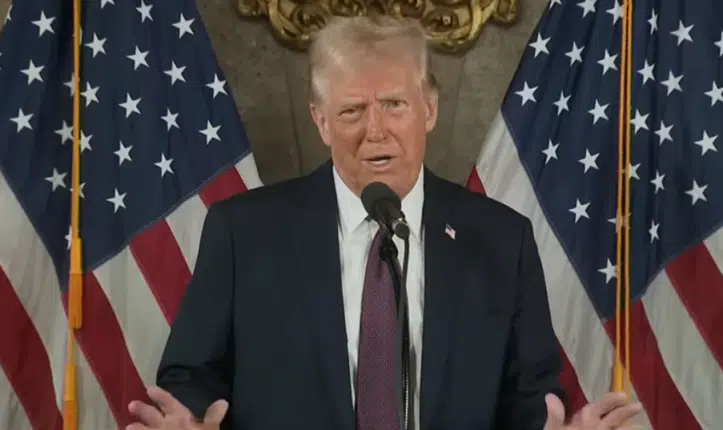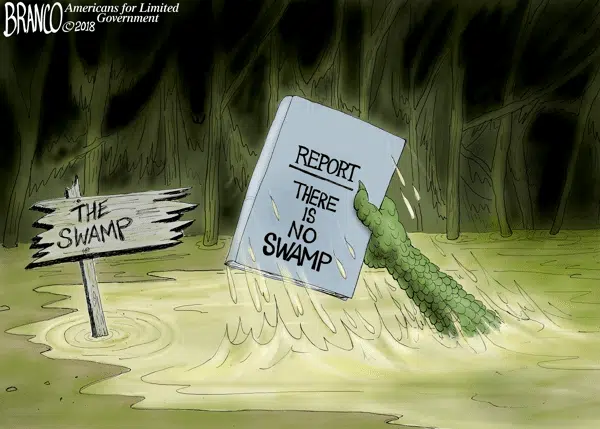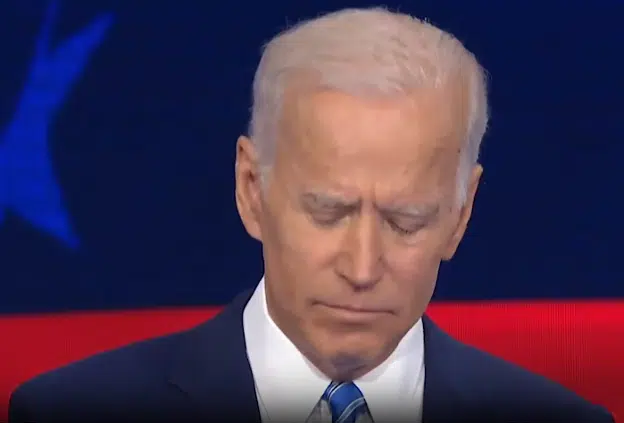 By Rebekah Rast – America’s definition of poverty differs from how many other countries would describe it. You know America is indeed a blessed nation when its poorest households are described as having a refrigerator, television, microwave and some even having an Xbox or other gaming system.
By Rebekah Rast – America’s definition of poverty differs from how many other countries would describe it. You know America is indeed a blessed nation when its poorest households are described as having a refrigerator, television, microwave and some even having an Xbox or other gaming system.
But only about 90 percent of the population has a cellular phone. According The New York Times, “That leaves 32 million, including the infirm, still up for grabs.”
The federal government is working with telecommunications companies to fix that.
“The program is about peace of mind,” says Gary Carter, manager of national partnerships for Assurance Wireless, a company helping low-income people obtain cell phones. “It’s one less bill that someone has to pay, so they can pay their rent or for day care… It is a right to have peace of mind.”
Is he asserting that having a cell phone is now a civil right?
Looking at how widespread this program has become and seeing how much tax dollars are being poured into it, you’d think so.
A perk of the program for low-income people is the cell phones are given to them for free. Some programs allow up to 250 free minutes a month. For a low-income person to qualify for a free cell phone program, including Lifeline or SafeLink, a person must meet federal low-income guidelines or qualify for one of many social service programs, including food stamps or Medicaid or even school lunch programs.
The Heritage Foundation summarizes the program:
“This particular program is covered by the federal Universal Service Fund. At first it received its money by essentially taxing telephone companies that provided long-distance service, with the money then being used to provide affordable rates for those living in less densely populated areas where phone service was more costly. However, in 1996, Congress voted to extend the use of this fund to subsidize low-income households and subsequently expanded the list of those required to pay into the fund to include: local telephone companies, wireless companies, paging services, and payphone providers. In 2008, the Federal Communications Commission began subsidizing cell phones for low-income households.”
The price tag for this service in 2010 was $1.32 billion. Lifeline was the most prominent low-income program costing about $1.2 billion.
“If there is ever an example of social welfare and the entitlement mentality, this is it,” says Bill Wilson, president of Americans for Limited Government. “The government cannot afford to be handing out luxuries for free. Cell phones are not a necessity.”
But those benefiting from the system feel differently. Leon Simmons’ story is reported by The New York Times. He is on disability while his wife works a minimum-wage job. Their monthly income is about $1,600 after taxes. They have a land line telephone, high-speed Internet and cable, and now Mr. Simmon’s enjoys a free cellular phone. He admits that he doesn’t see what all the fuss is about and why so many people are into cell phones, but will he use it? Yes, he said, “It’s free.”
Simmons is not the only person enjoying his new perk. The SafeLink program is now in 39 states and has more than two million customers nationwide.
But not everyone is a grateful beneficiary of this program.
Telecommunication companies like Verizon, AT&T and Sprint have to provide this service per the Federal Communications Commission (FCC). These companies hope that providing phones to low-income people might help them get new customers once those people can afford their the phones on their own, but until then, and in order to recoup their losses, “the companies turn around and hike their fees to paying customers.”
This should do nothing but frustrate those who regularly pay their cell phone bill.
On top of this, The Heritage Foundation reports that customers of these cellular phone programs are loosely monitored. Heritage’s Robert Rector said, “This means that if an individual’s income increases to where he or she is no longer eligible for the service, there is no one to make sure he or she stops receiving it.” Though Assurance Wireless claims that every 12 months, participants have to show proof of eligibility to remain in the program.
“This type of program only promotes more American dependence on an already broken system,” says ALG’s Wilson. “The government cannot afford this program, nor can taxpayers. At a time when Washington needs to make spending cuts, this is one program that needs to be zeroed out.”
All Americans with a cell phone or land line provide funds to the federal Universal Service Fund. As more Americans become eligible for this program, the more money it will require. This kind of social welfare falls into the category of government-provided luxuries, not necessities.
Only in America is poverty described as a person with a place to live, a way to buy food, air conditioning and a cell phone.
Rebekah Rast is a contributing editor at Americans for Limited Government (ALG) News Bureau. You can follow her on Twitter at @RebekahRast.






